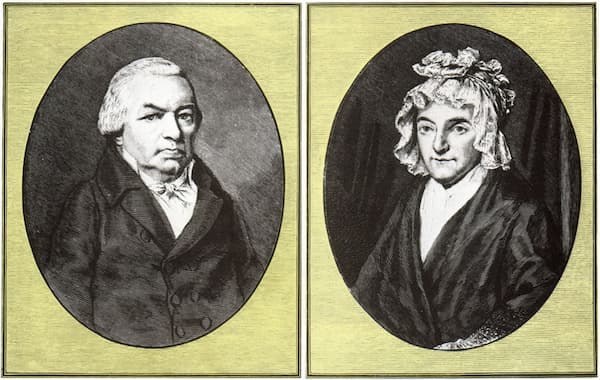Cristian Măcelaru conducts Saint-Saëns, Fauré and Scriabin
Available until 25/11/2025
Soundscape by ARTE
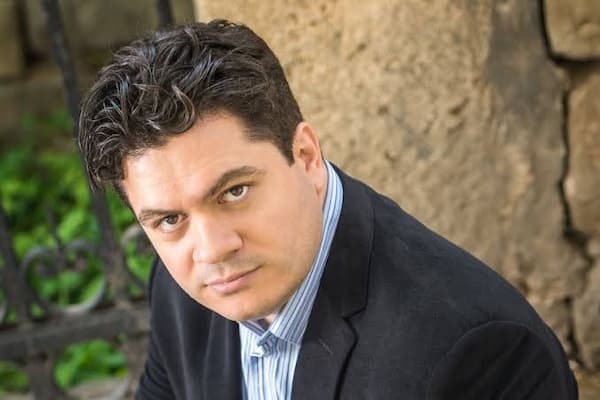
Cristian Măcelaru
Renowned for their high-quality cinematography and intimate perspective on performances, ARTE broadcasts are not simply recording music; they showcase the interaction between the conductor, the orchestra, and the soloist by focusing on the detailed expression of the musicians, the dynamics of the orchestra, and the emotional intensity of the concert.
In today’s concert, the Romanian-American conductor Cristian Măcelaru leads the Orchestre National de France and soloist Sol Gabetta in a performance of late 19th and early 20th-century music. The programme highlights the transition from Romanticism to a more modernist approach.
Programme
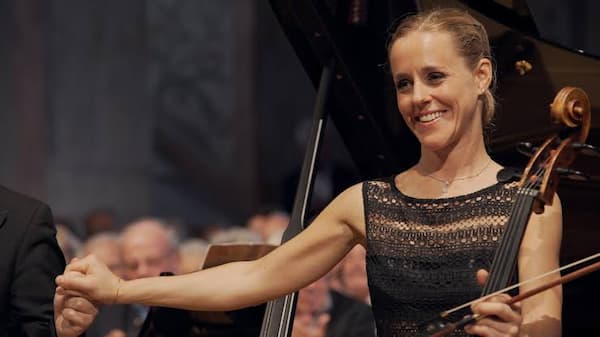
Sol Gabetta
On offer is the “Dolly” Suite by Gabriel Fauré, a work that strongly connects with French musical tradition. Argentinian cellist Sol Gabetta features in performances of both cello concertos by Camille Saint-Saëns, works that showcase the composer’s unique blend of lyricism, virtuosity, and elegance.
Alexander Scriabin’s “The Poem of Ecstasy” marks a pivotal point in the composer’s evolution. It is often regarded as a culmination of his early Romantic style while simultaneously beginning his transition toward more mystical and symbolist ideas. In this well-designed programme, we find a juxtaposition of works that underline the cross-pollination of musical ideas across a wider Europe.
The Conductor
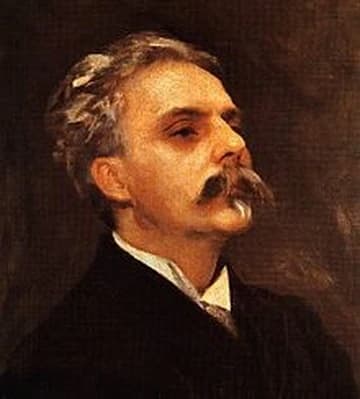
Gabriel Fauré
Cristian Măcelaru started his musical journey as a violinist before shifting his focus to conducting. Winning the 2010 Malko Competition for Young Conductors launched his international career, and he was appointed Chief Conductor of the Orchestre National de France in 2021.
His conducting style is often described as deeply expressive and technically refined, and it is marked by an impressive blend of emotional depth and precision. His approach to music is both intuitive and intellectual, with a strong emphasis on conveying the emotional core of the music. He is also committed to music education by serving as a mentor to emerging young musicians, and he made a significant contribution to the expansion of the symphonic repertoire by championing contemporary composers.
The Soloist
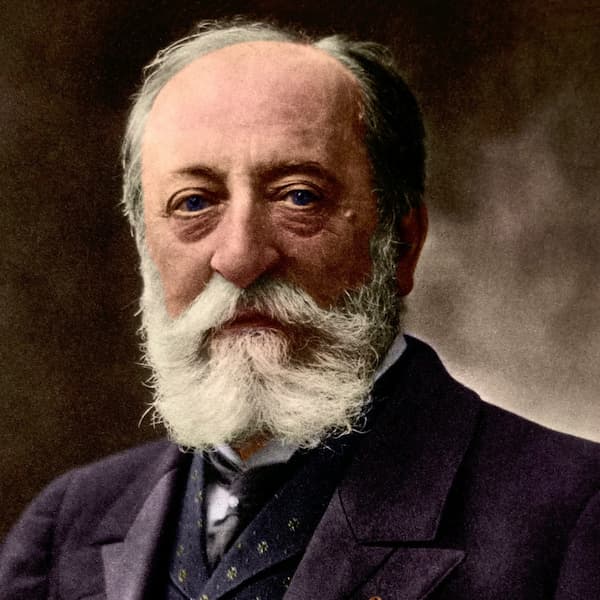
Saint-Saëns
Sol Gabetta is widely regarded as one of the most prominent and versatile cellists of her generation. She is known for her technical prowess, expressive depth, and captivating stage presence. Her playing is often praised for its brilliance, sensitivity, and the emotional richness she brings to the repertoire. As a concert soloist and recording artist, Gabetta has garnered both critical acclaim and a loyal following.
A cellist of extraordinary skill and artistic depth, Sol Gabetta combines technical brilliance with an emotional expressiveness that allows her to interpret a wide range of music with rare insight and beauty. She shares in Măcelaru’s passion for contemporary music and is deeply engaged with the evolution of classical music. In fact, she has the unique ability to make modern works accessible.
Musical Trajectory

Alexander Scriabin
Originally composed for piano four-hands, Fauré’s “Dolly Suite” is a charming set of pieces named after the daughter of Emma Bardac, his muse. These pieces celebrated a birthday, a pet, and various friends of the little girl. Combining six of these miniatures, Fauré produced his “Dolly” Suite, later orchestrated by Henri Rabaud. The melodies are marked by their lyrical beauty, and the harmonic style aligns with the subtle colourations and modal inflexions of the French tradition.
The Saint-Saëns Cello Concertos are two sides of the same coin. No. 1 is dramatic and virtuosic, blending fiery energy with lyrical introspection. The first movement is intense, the second refined and tender, and the third vibrant and playful. In contrast, the Second Concerto is more introspective and emotionally complex, with a contemplative first movement, a whimsical second, and a mysterious, joyful finale. It features lush orchestral writing and allows for deeper expression, marked by subtle nuances, graceful beauty, and moments of drama.
The single-movement symphonic work “The Poem of Ecstasy” embodies Scriabin’s theosophical and mystical beliefs. It is an attempt to evoke a sense of transcendence through music, with its long, evolving melodies and chromatic harmonies leading towards a climactic rapture. The work was revolutionary for its time, blending tonality with elements that would later influence atonality and 20th-century music.
Conclusion
Blending French and Russian musical traditions underscores the universality of music and facilitates cultural exchange and appreciation. This splendid performance bridges different musical philosophies and histories, showcasing the depth and diversity of classical music.
Cristian Măcelaru conducts Saint-Saëns, Fauré and Scriabin
For more of the best in classical music, sign up for our E-Newsletter



